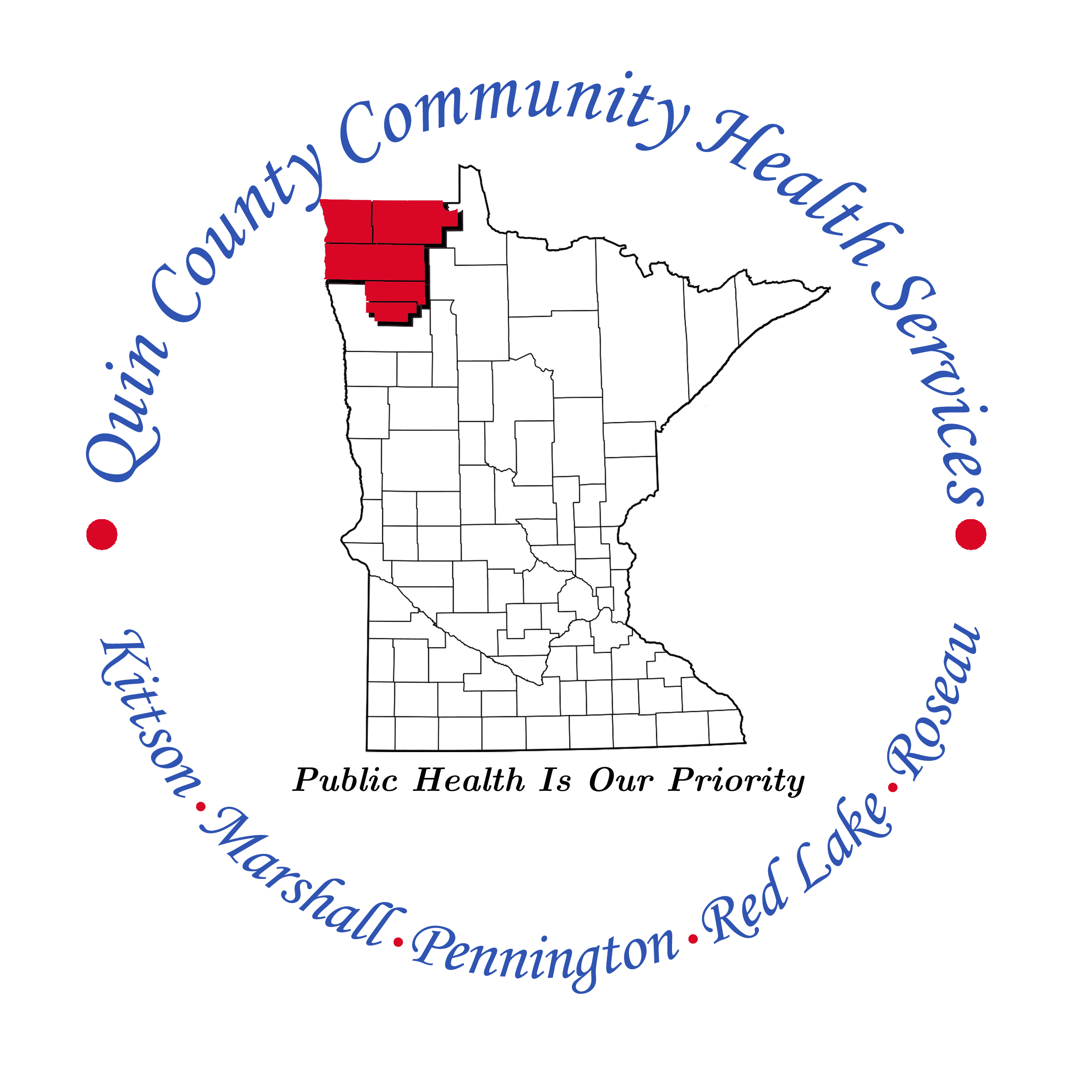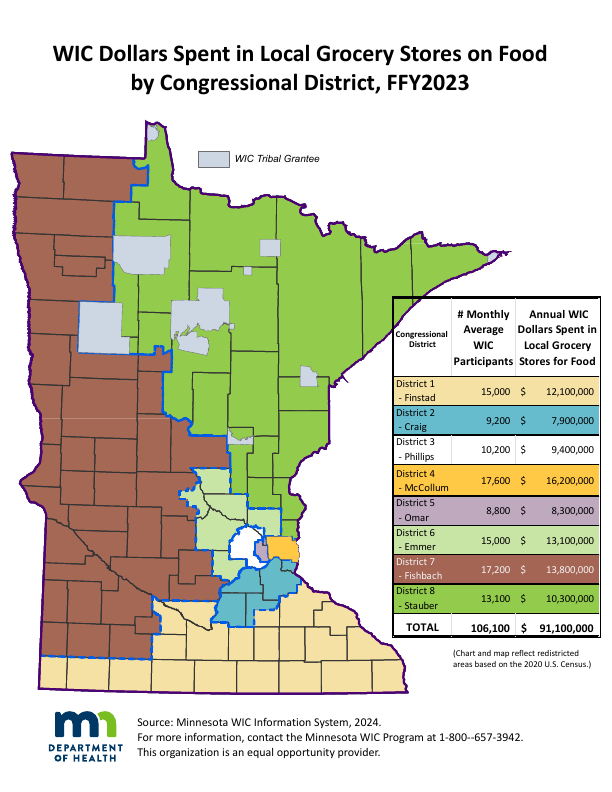Health Behaviors
Behavioral factors significantly impact community health and well-being. Key factors include:
Binge Drinking Among Adults: Leads to liver disease, cardiovascular issues, and increased accident risks. Understanding its prevalence helps address public health impacts.
Percentage of Mothers Who Smoke: Smoking during pregnancy risks low birth weight, preterm birth, and developmental issues. Monitoring rates promotes healthier pregnancies.
Current Cigarette Smoking Among Adults: A leading cause of preventable diseases and deaths. Examining rates helps target interventions to reduce smoking-related health problems.
STI/HIV: Prevalence is a critical concern. Effective prevention, testing, and treatment strategies are essential to control spread and improve health.
Analyzing these factors provides insights into community health challenges and helps develop strategies to promote healthier behaviors and improve outcomes.
Breastfeeding
The Special Supplemental Nutrition Program for Women, Infants & Children (WIC) program provides essential nutritional and breastfeeding support, including education, counseling, healthy foods, and referrals to health and social services, for eligible pregnant women, new mothers, infants, and young children. Breastmilk is incredibly beneficial for infants as it provides essential nutrients, boosts immunity, and fosters healthy development, but breastfeeding can be challenging for mothers due to factors like physical discomfort, time constraints, and lack of support. Although WIC mothers in Quin’s five counties for 2023 initially have a high rate of breastfeeding initiation at 77.00%, their participation starts to decline over time, with only 55.10% breastfeeding at 2 months and 48.90% at 3 months. This decline mirrors breastfeeding patterns observed before, during, and after COVID-19.
Substance Use and Misuse
Exploring the critical issues of neonatal abstinence syndrome (NAS), nonfatal drug overdoses, and fatal drug overdoses reveals the urgent need to tackle substance abuse disorders and addictions, highlighting their profound impact on public health and the lives of countless individuals.
Among the five Quin counties, the neonatal abstinence syndrome (NAS) rates are unstable (value under 16). However, this instability over five years reflects the positive impact of our community’s efforts to prevent NAS and educate about the effects of substance use on newborns.
Comparing fatal drug overdose data across counties is challenging due to raw counts and low numbers. The community should consider the profound impact each loss has on its members. Over seven years, Minnesota lost 8,991 individuals to drug overdoses, including 33 from the five Quin counties. These numbers highlight the importance of continued efforts to promote positive change in our communities.
Alcohol
The five Quin counties and Minnesota have a similar rate of binge drinking with about 1 in 5 people doing it. This behavior can cause health problems like alcohol poisoning, injuries, and diseases. It also leads to risky behaviors like unsafe sex and impaired driving, endangering people and communities.
Smoking
Smoking remains a critical public health issue for local communities, affecting overall health and well-being. Although much of the data for the five Quin counties is suppressed, available data shows that the percentage of Quin mothers who smoked during pregnancy was higher than the state average. Recently, Roseau County reported a higher percentage of mothers who smoke compared to Minnesota. While the prevalence of mothers who smoked during pregnancy in the Quin counties was higher than the state average, the estimated prevalence of adult cigarette smokers is similar to Minnesota’s average, based on overlapping 95% confidence intervals.
Food Shelf Household Visits
In 2022, food shelf visits in Kittson, Marshall, Pennington, Red Lake, and Roseau counties reflected a need for food assistance. The most notable increases were in Pennington County (87.89%) and Red Lake County (77.65%), suggesting that economic challenges and food insecurity have intensified in these areas. Kittson County also saw a substantial rise in household visits, with an increase of 50.33%. Roseau County experienced a 17.59% increase, while Marshall County had a smaller but still notable rise of 5.54%. This trend underscores the importance of continued support and resources to address food insecurity in these communities and aligns with the broader state data, which saw a record high of 5.5 million food shelf visits in Minnesota, driven by rising food prices and increased demand from seniors, adults, and children (Hunger Solutions 2022).
Farmer’s Markets
Farmers markets offer programs like Market Bucks and the WIC Farmers Market Nutrition Program to make fresh produce accessible and support healthy eating. Local initiatives like the Power of Produce (PoP) program encourage children and seniors to engage with farmers markets, promoting lifelong healthy habits. These efforts benefit individual health, community ties, and local economies.

